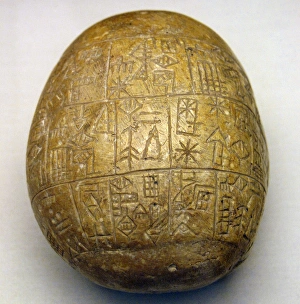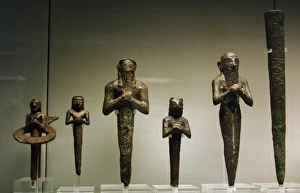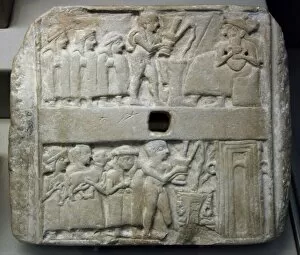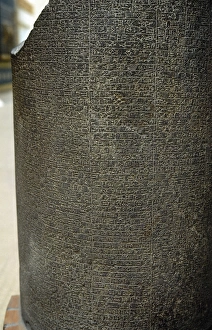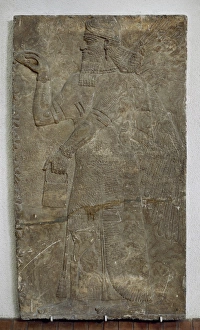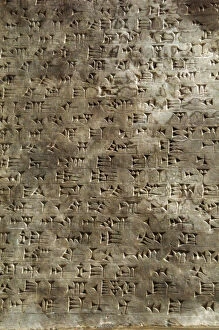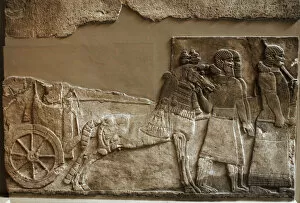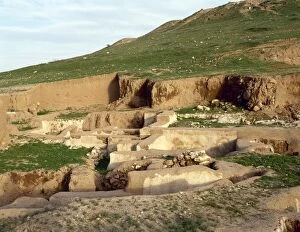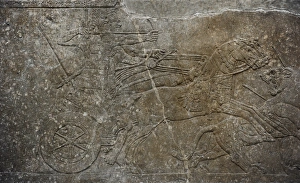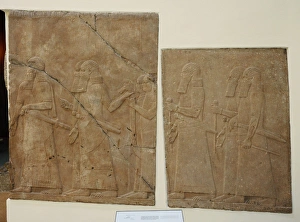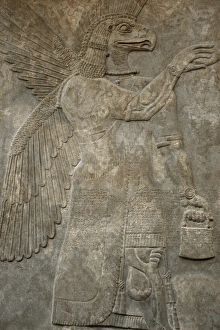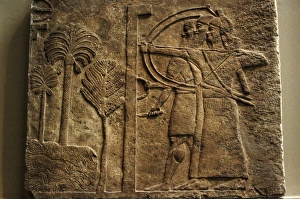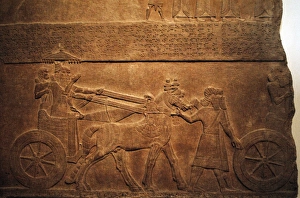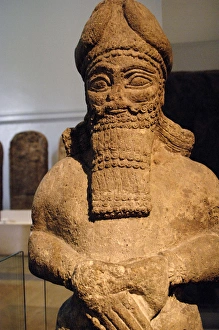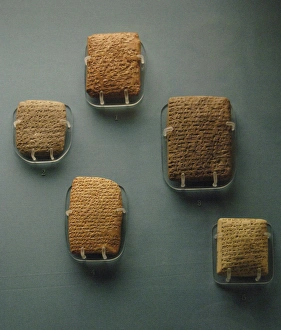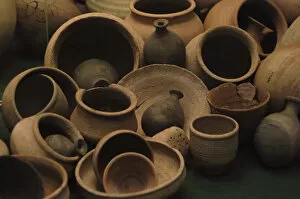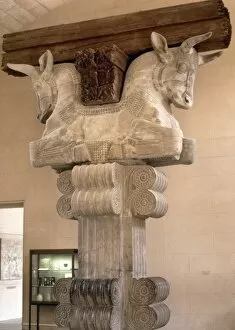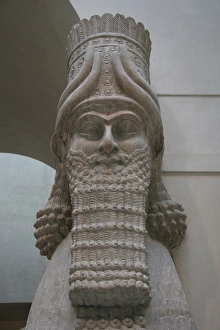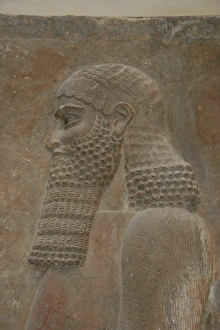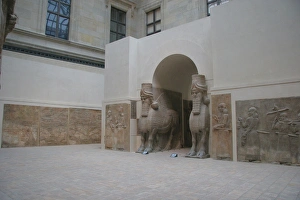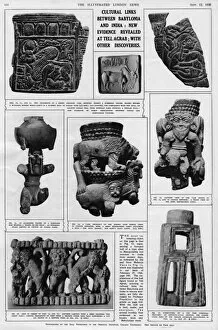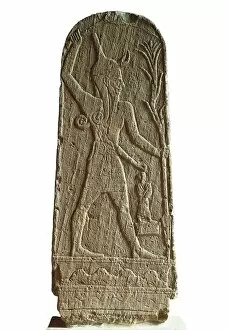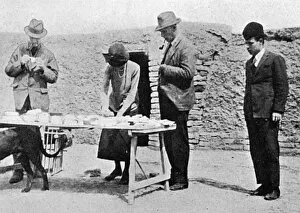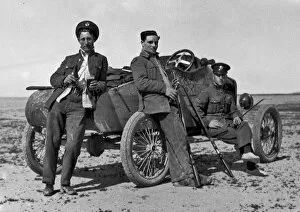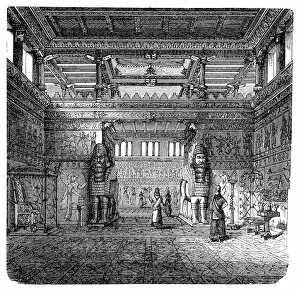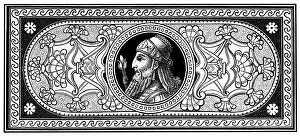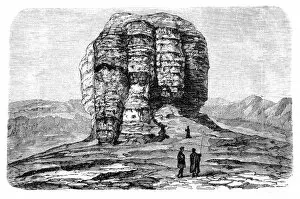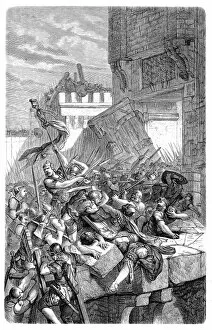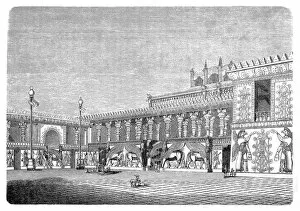Mesopotamian Collection (page 10)
"Journey through Mesopotamia: Unveiling the Ancient Wonders" Step back in time and explore the captivating world of Mesopotamia
All Professionally Made to Order for Quick Shipping
"Journey through Mesopotamia: Unveiling the Ancient Wonders" Step back in time and explore the captivating world of Mesopotamia, a cradle of civilization that flourished thousands of years ago. Marvel at the grandeur of the Ishtar Gate, an architectural masterpiece adorned with vibrant blue tiles depicting mythical creatures. Immerse yourself in history as you decipher 3000 BC Cuneiform writing on clay slabs, offering a glimpse into ancient communication. Witness the majesty of Babylon's lion, standing proudly along the Processional Wall, symbolizing strength and power. Admire intricate Babylonian wall tiles that once embellished magnificent structures, showcasing exquisite craftsmanship and artistic prowess. Discover artifacts like no other - behold the mesmerizing Lion from Babylon and delve into Cyrus the Great's Cylinder inscribed with Akkadian cuneiform script. Experience a poignant moment in history as you observe The Landing Stage at Ahvaz captured on a WWI Christmas card. Unearthed clay tablets from Mesopotamia reveal pictographs drawn by our ancestors, providing invaluable insights into their daily lives. Gaze upon Neo-Sumerian Statue of Gudea dating back to 2120 BC; its cuneiform engravings narrate tales lost to time. Travel through ancient lands with an antique map by Halma showcasing Middle East's rich tapestry. Finally, stand before Ur's majestic ziggurat - an awe-inspiring testament to human ingenuity and devotion. Mesopotamia beckons you to unravel its mysteries; immerse yourself in this extraordinary journey where history comes alive.

